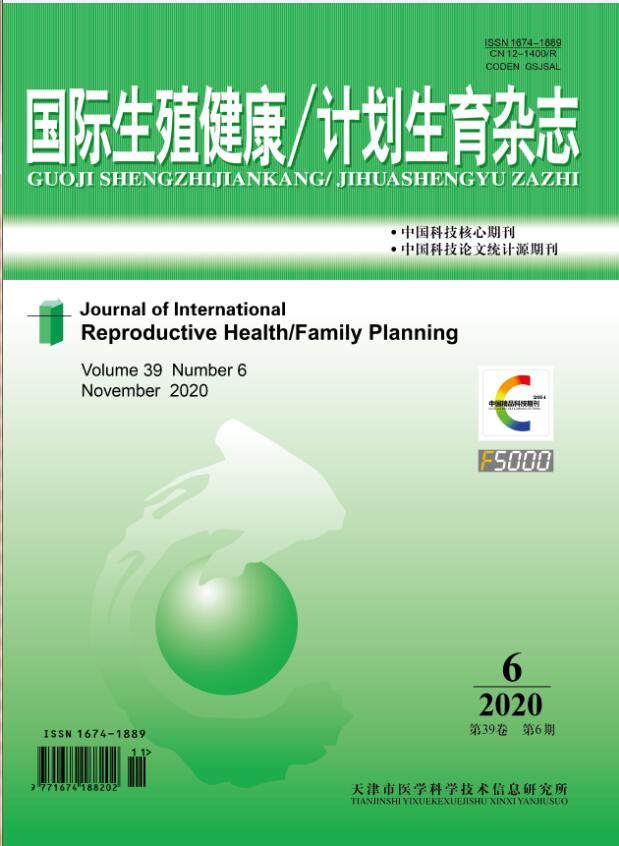|
|
Measurement of Serum Irisin in Patients with Polycystic Ovary Syndrome
ZHOU Li, LI Cheng-gang, LI Shuang, LI Xiao, XU Xiao-mei
2017, 36 (3):
256-259.
Objective: Irisin is a factor related to insulin sensitivity. In this study, the level of serum Irisin was measured in patients with polycystic ovary syndrome (PCOS), and its significance was discussed. Methods: Eighty patients with PCOS (the PCOS group) and 60 healthy women (the control group) with regular menstrual cycle were included in our center from July 2014 to February 2016. PCOS patients were then divided into two subgroups: obese and non-obese groups, according to the body mass index (BMI). After physical examination, serum lipids, sex hormones and irisin level were measured, and compared between groups. Results: ① The levels of irisin, testosterone (T), luteinizing hormone (LH), total cholesterol (TC), BMI and waist-to-hip ratio (WHR) in the PCOS group were significantly higher than those in the control group, while the levels of high density lipoprotein cholesterol (HDL-c) and Estradiol (E2) were significantly lower (all P<0.05). In patients with PCOS after excluding other indexes, there was a significant positive correlation between serum irisin level and T or BMI(r=0.476, P<0.001; r=0.329, P=0.041, respectively). ②The level of TG in the obese PCOS subgroup was higher than that in the non-obese PCOS subgroup(P=0.028). However, the level of irisin in the obese PCOS subgroup was slightly higher than that in the non-obese PCOS subgroup, without significant difference(P=0.087). Conclusions: The level of serum irisin in PCOS patients was significantly increased, and positively correlated with androgen and BMI, suggesting that irisin may be a factor related to PCOS.
Related Articles |
Metrics
|

